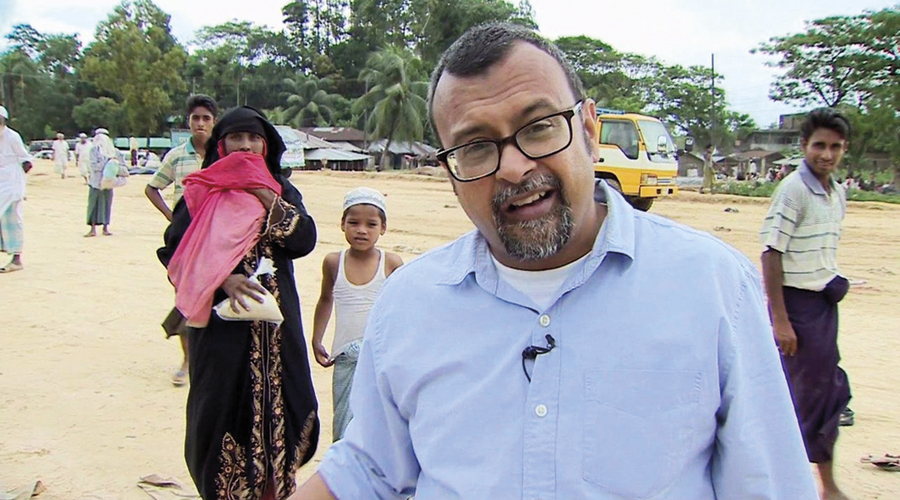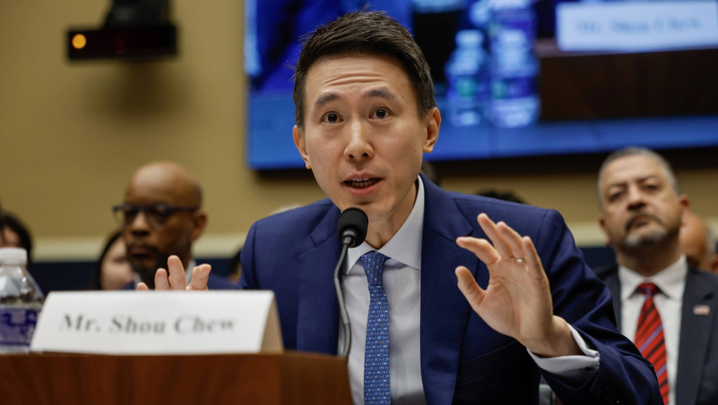Sanjoy Majumder describes how the plight of Rohingya refugees became a big Western news story
Landing a major assignment or, as modest journalists would prefer to phrase it, getting your teeth into a powerful story, can sometimes be a mix of good fortune and the result of a sequence of random, unrelated events.
Towards the end of August 2017, my team and I were preparing to head out to Bangladesh to cover floods in the north of the country. It was not particularly unusual – sadly, Bangladesh experiences them every year. The situation was severe but certainly not the worst in its history.
In fact, many Bangladeshis were a bit puzzled that we had chosen to cover the floods at all. However, being part of the Western media brings its own set of imperatives. The Houston floods were getting blanket coverage but, while many people had been affected, it was nothing when compared with South Asia. So, we figured, Bangladesh is where we must go.
It was around that time that we started spotting stray reports in the Bangladeshi local media about refugees from Burma arriving in the south-eastern corner of the country. Many were making for Cox’s Bazar, known more for its spectacularly long (and relatively unspoilt) beach. Not many people around the world knew who the Rohingyas were – a Muslim minority community living in a tiny part of north-western Burma bordering Bangladesh.
Like many other foreign correspondents based in the region, I knew a fair bit about the Rohingyas’ unhappy history of persecution at the hands of both the country military and the Buddhist majority.
However, it was not an easy story to sell to editors or, for that matter, audiences, especially on the back of Europe’s own refugee crisis that summer. There was simply not the appetite for yet another refugee tragedy that was only just beginning to unfold.
But, even as we landed in Dhaka, three boats carrying Rohingya refugees capsized off the Bangladeshi coast. More than two dozen people died, many of them women and children.
In these days of social media and mobile phones, it didn’t take long for the first traumatic images to surface. And that meant that we were immediately told to change course – not to head north, as planned, to cover the floods but south-east, instead.
Even after a decade of covering conflicts, natural disasters and other tragedies, I don’t think any of us were quite prepared for what we were eventually to uncover during the coming weeks.
Over the next several days the Rohingyas first trickled and then flooded across brilliant green paddy fields, over forested mountain passes, wading through rivers and streams, and by sea on rickety fishing boats.
What stood out, and will always remain with me as the defining element of the Rohingya crisis, as it has come to be known, was the sheer number of children involved.
Many of them had witnessed unspeakable horrors, seeing their parents or other relatives murdered in front of them. Some of them had been separated from their families and were lost, wondering aimlessly in the camps.
Reliving a tragedy through a child’s eyes is something that moves even the most hardened individual. It compels you to recognise injustice and cruelty that you might otherwise overlook or choose to ignore.
It is perhaps the hardest thing a journalist has to do and also something that raises hard ethical questions.
It is gut-wrenching to listen to their testimonies, recognising the fragility of their emotions and wondering what bringing their stories to the world is doing to them.
Perhaps the best way to address this dilemma is to own up to these conflicting emotions on air.
Doing so makes us journalists more human, and possibly more grounded in the world we choose to temporarily inhabit.
Sanjoy Majumder is deputy managing editor, BBC World Service, India, and was BBC South Asia correspondent when the Rohingya crisis broke.







